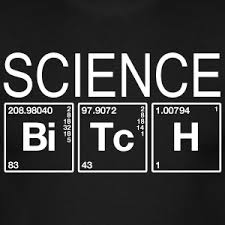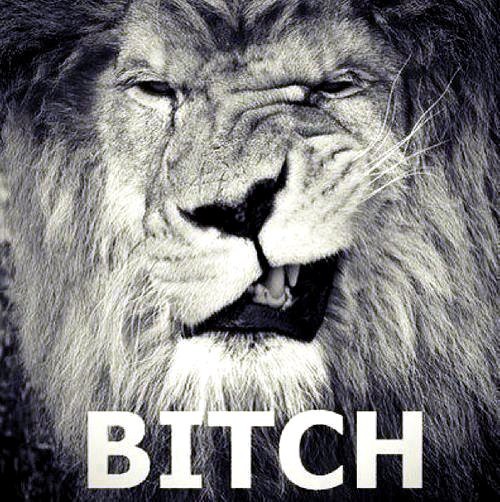 I never thought I’d see the day where I could, stone-faced and honest, tell someone how much I enjoyed a Broadway rendition of “Eye of the Tiger.” But here I am.
I never thought I’d see the day where I could, stone-faced and honest, tell someone how much I enjoyed a Broadway rendition of “Eye of the Tiger.” But here I am.
It’s all too tempting to have a dismissive attitude toward something like a musical rendition of Rocky, which is a pretty left-field choice for adaptation. Singing boxers? What would that even look like? But hold your horses, there — when the creative team has been showered with as many Tonys as the one behind Rocky, it’s time to start paying attention. Rocky is an achievement on all levels, a superb production combining smart and emotionally impactful writing, ambition direction, and dazzling design.
Rocky (the musical) follows the story of Rocky (the film), so if you’ve seen the 1976 classic, you know what happens. If you haven’t, you still probably know what happens. The film and the play follow Rocky Balboa (Andy Karl), a second- (well, more like third-) string boxer being beaten again and again in low-stakes spars at his neighborhood gym in Philadelphia. When Apollo Creed (Terence Archie), the heavyweight champion of the world, chooses Rocky to be his contender for heavyweight champion of the world, Rocky must train and prove to himself and the rest of the world that he is more than the piece of nothing everybody makes him out to be.
The story of Rocky, while strong, is also familiar. What makes the film work is the quality of the writing and the three-dimensional characters brought to life by the cast. The musical keeps in tune with the strong emotions that made the original film resonate, oftentimes surpassing the source material. The music, written by Stephen Flaherty with lyrics by Lynn Ahrens (the duo behind Once on This Island, Ragtime, and Seussical), is always smart, highlighting and underscoring the wants of characters and hitting the right emotional notes. The book, co-written by Sylvester Stallone and Thomas Meehan (Annie, The Producers, Hairspray), is also wonderful. It is funny, insightful, and sentimental without being overly so. It is truly a testament to all the writers (book, music, and lyrics) that this story known so well by so many is able to pack such a punch. When Rocky calls for Adrian after his fight with Apollo Creed, man, it sure is powerful. Director Alex Timbers (Peter and the Starcatcher, Bloody Bloody Andrew Jackson) is in peak form here, keeping the show running at a fast-but-manageable pace and bringing his unique artistic voice into the show through his ambitious ideas.
Of course, the quality of the writing wouldn’t matter without the talent to perform it. Luckily, the cast members of Rocky all give spectacular performances. While it’d be easy to fawn over just how physical these performances are (have no doubt, the physical demand of the lead performers is certainly impressive), the actors back up the iron they pump with intelligence, emotion, and dimension to their characters, incurring the sympathy of the audience as they create humanity onstage.
The strong writing and direction is enhanced by strong artistic design and impressive technical implementation. The sets are large and numerous, with locker rooms, apartments, and an ice rink all sliding and coming together gracefully in front of the audience. And the lights… Well, lights are everywhere. Rocky is an impressive technical showpiece. There are a million and one things that could go wrong, malfunction in some way, and the whole show could potentially be ruined. But everything, magically almost, goes off without a hitch.
The sets are detailed and numerous, with pieces gliding onto stage from the wings to form apartments, locker rooms, and the famous meat locker (the meat descending from the fly loft got loud cheers of approval from the audience). Smaller sets, like Rocky’s apartment, are small cross-sections wheeled onto the stage. Other locations, like the gym and locker room, are created with towering walls in various creative arrangements. Light racks and the boxing ring, which rises after the fight that opens the show, create the borders of most locations, which, in addition to being practical, has the added effect of keeping Rocky always in boxing’s shadow and foreshadowing his rise to fame. Similar tricks and smooth transitions keep the pace of the show brisk. Video is also used to great effect, with real time broadcasts to screens on stage. For the final fight, the showdown between Rocky and Apollo Creed, the first few rows of the audience are moved to bleachers on stage as the ring extends into the house. And yes, the famous training montage to end all training montages is replicated on stage, and it is nothing short of genius, making smart use of lighting and video.
While it is possible to go on and on about all the spectacle packed into Rocky (there’s a lot to talk about), it would be doing a disservice to theatre-goers. Part of the fun of the show, in addition to the top-rate book and music, is seeing the artistry and technical wizardry of the set and lighting design and just what spectacular thing happens next. (The set was designed by Chris Barreca, and the lighting was designed by Christopher Akerlind.)
Rocky is truly an artistic and technical achievement. Not only is the show well written, well performed, and absurdly ambitious, it is also some of the most fun I’ve had in a theatre in a long time. Go ahead — try and sit through it without smiling.
-Stephen Jones


